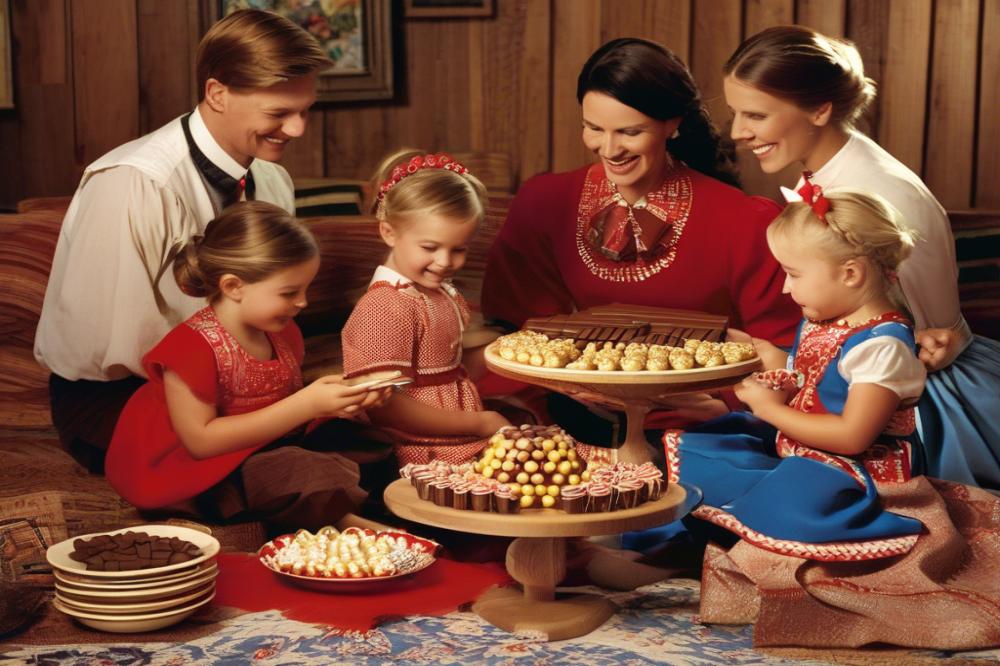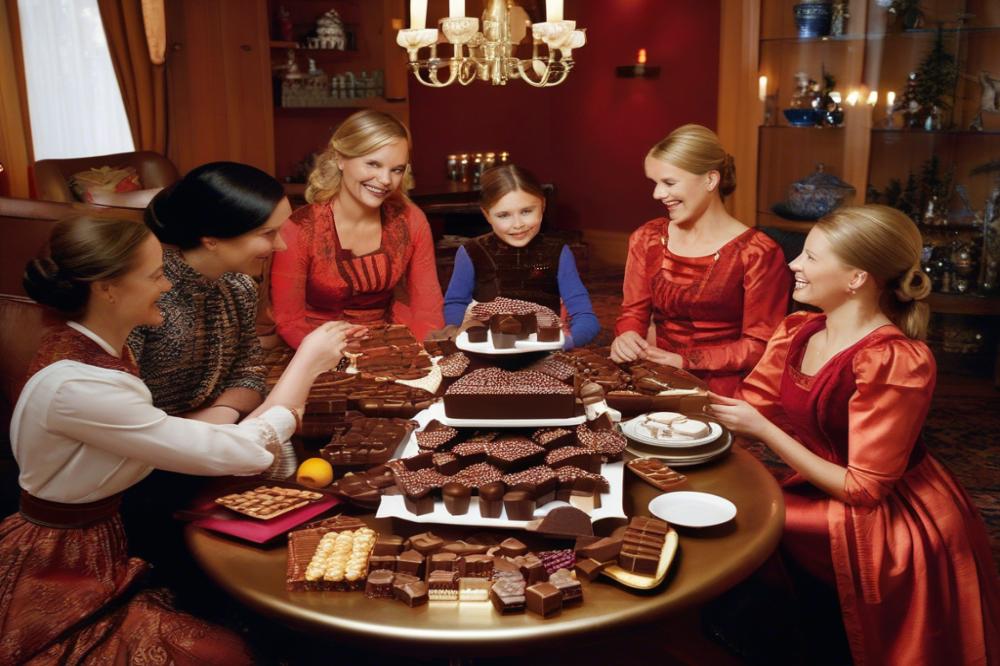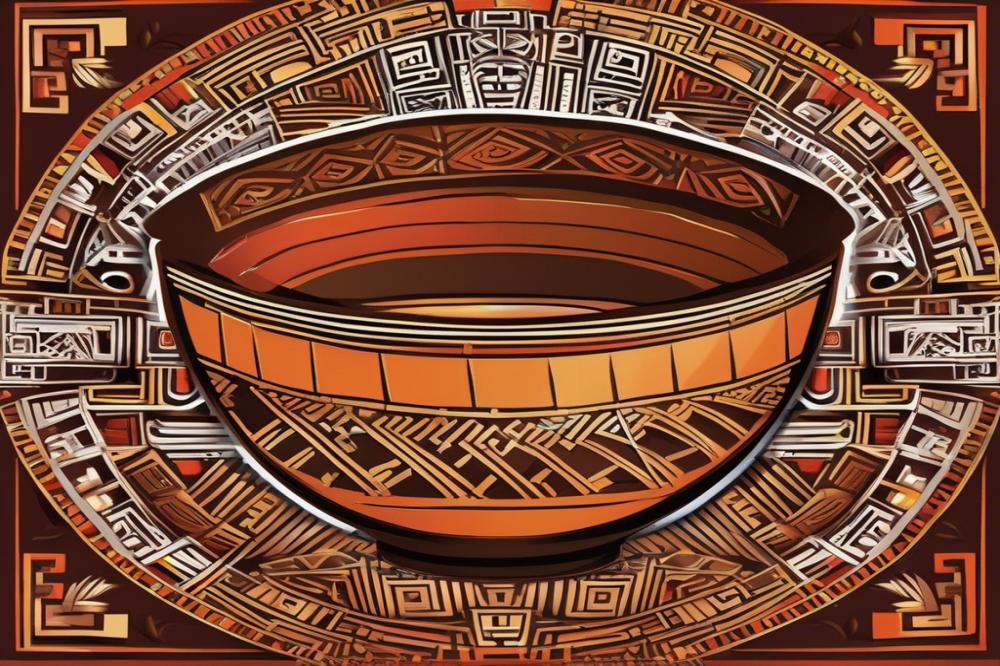Introduction
Finland is known for its strong chocolate consumption, which reveals much about its culture and traditions. Finnish chocolate lovers enjoy a wide variety, from classic flavors to innovative creations. The popularity of chocolate in this Nordic country is not simply about taste but is woven into the fabric of social gatherings, gifts, and celebrations.
Chocolate holds a significant place in Finnish culture. The warmth of shared moments often involves chocolate, whether at a birthday celebration or a cozy evening at home. Brands like Fazer and Panda have established themselves as household names, offering beloved sweets that people of all ages cherish. Traditional choices like milk chocolate and dark chocolate continue to dominate, resonating with those who appreciate the classics.
However, the landscape is changing. New chocolate trends are emerging as the interest in artisan chocolates grows. Many consumers are now seeking unique flavors infused with local ingredients. Exotic pairings with sea buckthorn or juniper are becoming popular. Sustainable chocolate practices are also guiding choices, with more people wishing to support eco-friendly brands. In addition, the rise of flavored chocolate has introduced exciting options that were previously less common, such as spicy or fruity variations.
As we explore the delicious world of Finnish chocolate, we will delve deeper into both classic flavors and emerging trends. Understanding these elements helps to illustrate the passionate relationship Finns have with this delightful treat. It is not only about what they eat; it reflects their values, creativity, and love for quality craftsmanship in chocolate recipes.
Finland chocolate: A Deep Dive into Classic Flavors

The Finnish chocolate culture is rich and diverse, showcasing a variety of classic flavors that resonate with many consumers. Chocolate brands across Finland often highlight traditional tastes that have stood the test of time. Popular classic flavors stem from local ingredients, combining uniqueness with familiar comforts. Dark chocolate, milk chocolate, and white chocolate are staples in many households, each bringing its own distinct character.
In addition to these standard flavors, certain regional specialties shine brightly. For instance, salmiakki, a salty licorice, finds its way into various chocolate bars. Its bold taste offers a striking contrast to the sweetness of traditional chocolates. This flavor stands as a testament to Finland’s ability to blend salty treats with rich confectionery.
Traditional recipes are an essential part of Finnish heritage. Many artisans embrace time-honored methods when creating their chocolates. Using local ingredients such as cloudberries, lingonberries, and even Finnish honey adds a special touch. These elements not only enhance the flavor but also connect consumers to the land. Artisan chocolates often showcase these components, making them highly sought after.
The impact of classic flavors on chocolate consumption cannot be understated. For many Finns, these familiar tastes evoke memories of childhood and gatherings with loved ones. When shopping for chocolate, people often gravitate towards these recognizable flavors. The nostalgia associated with them plays a crucial role in shaping preferences.
Emerging trends, however, are starting to influence the market. Health-conscious consumers seek sustainable chocolate options. Flavored chocolate is also gaining traction, with unique combinations steadily entering the scene. While classic flavors remain popular, the curiosity for novelty flavors grows rapidly.
Chocolate recipes in Finnish households often incorporate these classic flavors, offering a delightful way to enjoy chocolate at home. Whether it’s making a chocolate cake or simple truffles, the focus remains on flavor harmonization. This practice reinforces the deep-rooted connection Finns have with chocolate.
In summary, classic flavors form the backbone of Finland’s chocolate identity. As emerging trends shape the industry, the balance between tradition and innovation will be crucial for chocolate brands. The embrace of local ingredients ensures that Finnish chocolate retains its authenticity while evolving to meet new tastes.
The Rise of Artisan Chocolates in Finland

Emergence of Artisan Chocolate Brands
Artisan chocolates have become increasingly popular in Finland. Many new brands are popping up, showcasing their commitment to quality and innovation. These brands focus on small-batch production, allowing for greater control over each piece of chocolate. Finland’s chocolate culture is shifting as consumers seek more than just the classic flavors. They want experiences tied to craftsmanship.
Craftsmanship and Unique Offerings
The craftsmanship behind these chocolates stands out. Each chocolate maker brings their own touch to the creations. This has led to diverse flavored chocolate options that excite the taste buds. Instead of mass-produced bars, people are now drawn to new recipes with unexpected ingredients. People enjoy trying artisanal delights that celebrate individuality and expertise.
How Local Ingredients Influence Artisan Chocolates
Local ingredients play a significant role in shaping these chocolates. Many artisan chocolatiers source materials right from Finland’s rich landscape. Berries, nuts, and spices found in the area are incorporated into various chocolate recipes. This not only adds freshness but also connects the products to their roots. Consumers appreciate the shift towards sustainable chocolate practices. By supporting local farmers, artisan brands contribute to a healthier ecosystem and community. The taste of Finnish nature can be found in each bite.
Sustainable Chocolate Practices in Finland
The chocolate industry is increasingly focusing on sustainability. Consumers are now paying closer attention to where their food comes from. This change is happening all over the world, including Finland. Many brands are embracing eco-friendly practices, which influence their production methods and sourcing of ingredients.
Notable Finnish brands lead the way in these sustainable efforts. For example, some artisanal companies use local ingredients to create their chocolate recipes. They often choose sustainably sourced cacao and prioritize fair trade practices. These businesses aim to connect with eco-conscious consumers who prefer ethically made products.
Consumer awareness is on the rise. People want to know that their flavored chocolate is not just delicious but also produced responsibly. They increasingly support brands that commit to transparency and sustainability. This demand directly influences how companies operate in Finland’s chocolate market.
The impact of sustainable chocolate practices extends beyond just production. As more consumers choose eco-friendly chocolates, traditional habits are changing. Many are now interested in trying new flavors and brands that prioritize ethical practices. This shift not only impacts chocolate consumption but also encourages innovation in flavors. Emerging trends may include unique combinations that highlight sustainability.
In conclusion, sustainability in Finnish chocolate culture is becoming a priority. As customers seek out ethically produced items, local brands adjust their practices to meet this new demand. The future of chocolate in Finland looks promising, with a clear focus on sustainability and a dedication to quality.
Emerging Trends in Finnish Chocolate
In recent years, flavored chocolate varieties have begun to capture attention in Finland. Many consumers are moving beyond traditional tastes, seeking out exciting new options. Unique combinations like sea salt caramel and raspberry orange have grown in popularity. These flavors provide a refreshing change from the classic flavors that once dominated the market.
Innovative recipes are also taking center stage. Chocolatiers are experimenting with local ingredients to create distinct artisan chocolates. One notable trend involves incorporating Finnish berries, such as bilberries and lingonberries, into their creations. The tartness from these fruits adds an interesting twist to the sweet base of chocolate.
The influence of global chocolate trends is shaping Finnish chocolate culture. As the world embraces dark chocolate and vegan options, Finnish chocolate brands are adapting. Sustainable chocolate has become a priority for many as well. Consumers want to know where their chocolate comes from and how it’s made. This concern for ethics and sustainability is a significant driver in the market today.
Additionally, adventurous flavor combinations are emerging. Spicy notes, such as chili and ginger, are making their way into chocolates. Local chefs and manufacturers are even blending savory ingredients, like cheese, into their sweet products. Such bold moves suggest that Finnish chocolate consumption is evolving rapidly.
In pursuit of creating delicious treats, various chocolate recipes have surfaced. People are beginning to enjoy making their own flavored chocolate at home. This DIY approach allows for personalization, letting individuals choose their favorite tastes. As these trends continue to gain momentum, they reveal a vibrant side of Finland’s sweet landscape.
Key Finnish Chocolate Brands to Know
When it comes to chocolate, Finland boasts several standout brands that shine in both local and global markets. These chocolate brands have a significant impact on Finnish chocolate culture, each contributing in their own way.
Fazer
Fazer is perhaps the most famous chocolate brand in Finland. Established in 1891, this company is renowned for its classic flavors, such as their beloved Fazer Blue chocolate. The rich milk chocolate has become iconic, while their other offerings include various flavored chocolates and seasonal treats. Fazer is also committed to sustainability, sourcing cocoa responsibly. This dedication builds consumer trust and highlights their ethical practices.
Another notable name is Paulig. Initially starting as a coffee company, they have expanded into the chocolate market, creating artisan chocolates that emphasize rich, quality flavors. Paulig focuses on using local ingredients to enhance their recipes. Their creations often reflect Finnish traditions, making every bite a tasty homage to their roots.
Rüütli
Rüütli has carved a niche in the chocolate scene with their handcrafted selections. They specialize in artisan chocolates, showcasing innovative combinations that fuse classic tastes with emerging trends. By emphasizing limited editions, they keep chocolate enthusiasts looking forward to new releases. Rüütli often incorporates local ingredients, adding authentic Finnish flair to each product.
Choco Chocolat
A more recent addition to the landscape is Choco Chocolat. This brand appeals to trendsetters with its bold flavors and contemporary designs. Their chocolates often blend sweet and savory, pushing boundaries and inviting adventurous chocolate consumption. The focus on sustainable chocolate practices is also a key part of their identity, meeting the demands of eco-conscious consumers.
Marabou
Originally Swedish, Marabou has gained a strong following in Finland as well. Known for their creamy texture, they offer a variety of classic flavors that many people cherish. The brand brings a sense of nostalgia to chocolate lovers, with old favorites like Marabou milk chocolate being staples in many households. Collaborative promotions often encourage local events to celebrate Finnish chocolate culture.
These chocolate brands illustrate the diversity within Finland’s chocolate scene, from traditional favorites to bold new trends. By valuing local ingredients and sustainable practices, they continue to evolve while also respecting the roots of chocolate-making. Each brand plays a vital role in shaping the future of chocolate enjoyment in Finland.
Final Thoughts on Finland’s Chocolate Scene
Finland’s chocolate habits reflect a rich tapestry of classic flavors and innovative styles. Traditional recipes have long been cherished by locals and visitors alike. These time-honored treats evoke nostalgia and pride. At the same time, the market is shifting rapidly. Emerging trends offer a glimpse into a future that balances the past with new ideas.
Consumers today crave diversity. Many chocolate makers are exploring flavors that go beyond the traditional. Exotic ingredients and artisanal techniques are becoming more common. This evolution showcases creativity and a willingness to experiment. Finnish chocolatiers are eager to push boundaries while respecting their heritage.
The future of chocolate in Finland appears promising. With a growing appreciation for quality and craftsmanship, opportunities abound. Chocolatiers who embrace sustainability and local sourcing are gaining popularity. This aligns with broader consumer values that prioritize environmental responsibility. In a world that continues to change, Finnish chocolate is well-positioned to thrive.
In summary, the chocolate landscape in Finland is both dynamic and deeply rooted in tradition. As preferences shift and new flavors emerge, a beautiful balance can be achieved. The charm of classic flavors will always hold a special place. Yet, it is the innovation and festival of emerging trends that will shape the chocolates of tomorrow.



